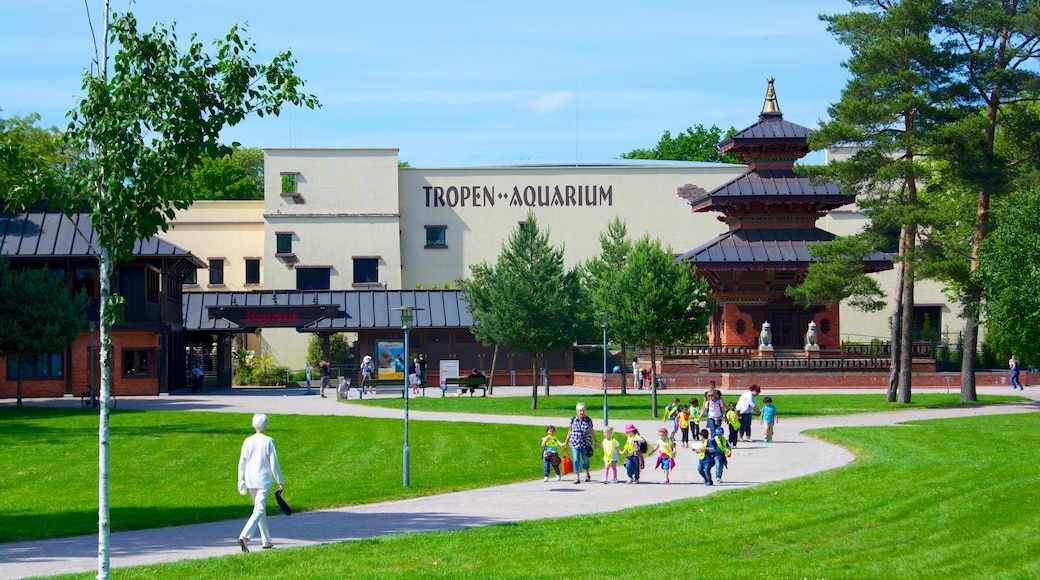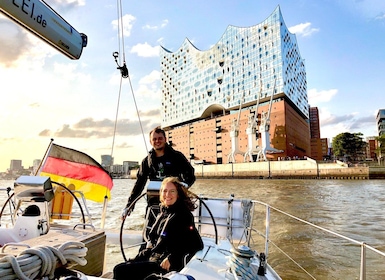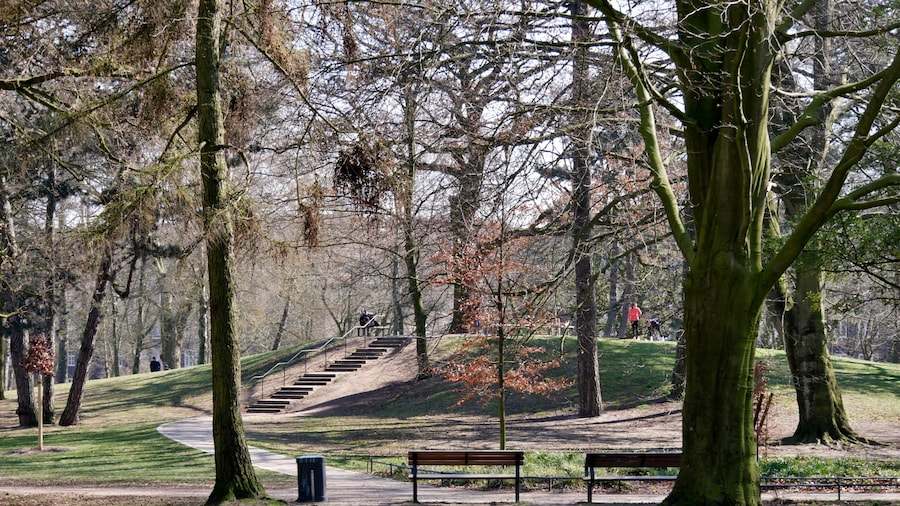The world’s first cageless zoo features animals, an aquarium and a leisure park with hiking trails. See birds fly freely and penguins in their natural habitat.
The Hagenbeck Zoo began in the mid-1800s with just a few animals owned by a local fishmonger it once exhibited human beings. Now it’s a modern zoo with a fascinating history that forms part of Hamburg’s identity and is known worldwide for its pioneering zoo concept. As well as a zoo, it features a leisure park and large aquarium set in more than 60 acres (25 hectares) of countryside.
In the mid-19th century, Carl Hagenbeck started collecting exotic animals that came through Hamburg’s port. After putting on a circus as well as various “anthropological displays,” which included exhibits of human beings, the first Hagenbeck Zoo opened at its current location in 1907.
This was the first zoo to use enclosures surrounded by moats rather than barred cages, so that visitors could enjoy watching animals in environments more closely resembling their natural habitats.
Today the landscaped habitats are divided into Arctic, tropical and other themes. See polar bears, penguins, crocodiles, zebras and monkeys among the 1,850 animals that roam the park. Get close to animals during feeding times. Zookeepers hand-feed some of the animals during demonstrations, and often pass the food over to audience members. Ask about feeding times at the ticket entrance.
Keep an eye out for the birds and small animals, such as capybaras, that roam freely throughout the park. Children will love the dolphin and sea lion shows, camel rides and the large playground on site.
Bring comfortable shoes, since the zoo is large. It features four miles (seven kilometers) of marked hiking trails through an area of parklands.
The zoo is about a 20-minute drive from the city center, in the north district of Stellingen. Parking is available for a fee. Alternatively, catch the train. The zoo is easily accessible from its own U-bahn station, Hagenbecks Tierpark.
The zoo is open all year. Opening times vary depending on the season, so check the official website before your visit. There’s an admission fee.
























































